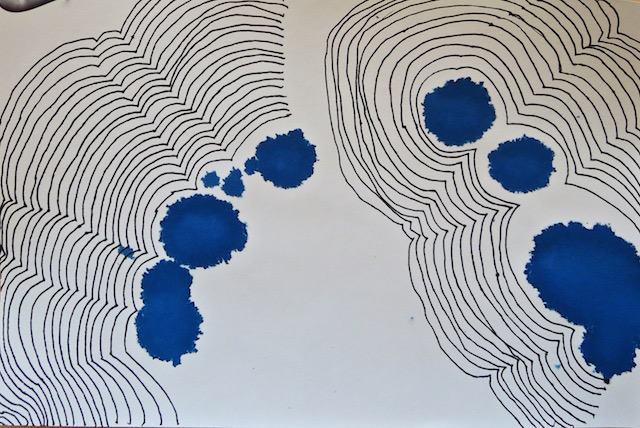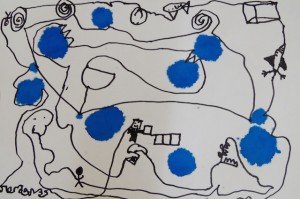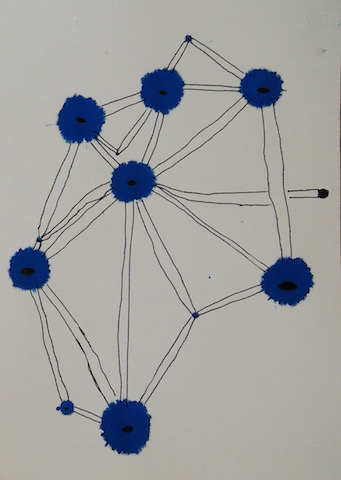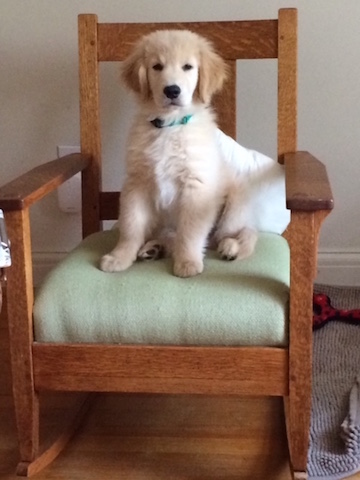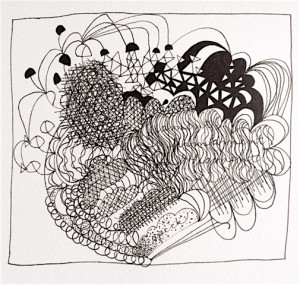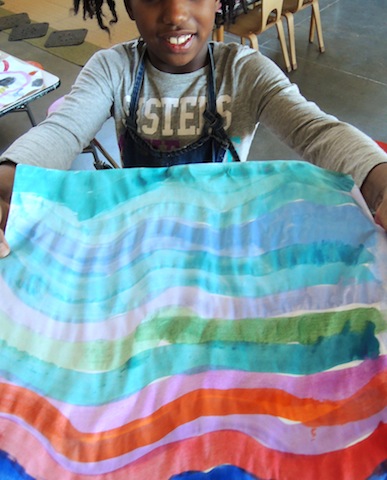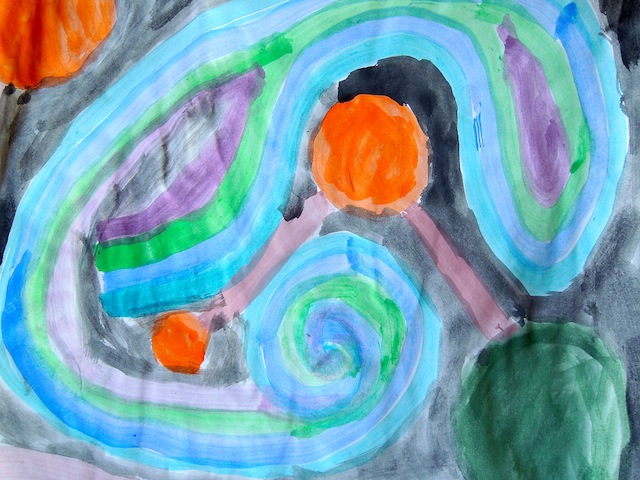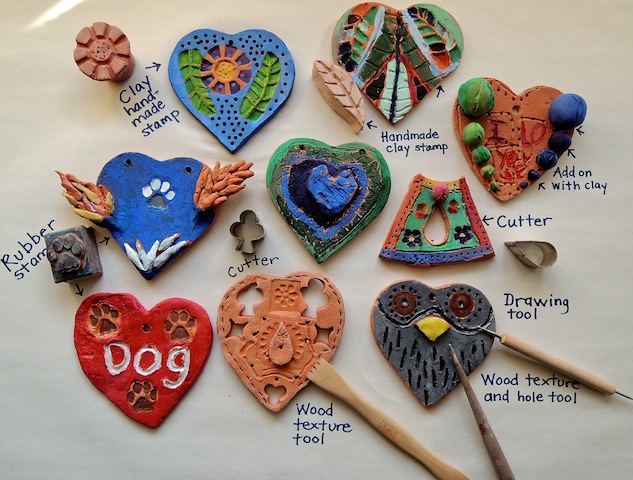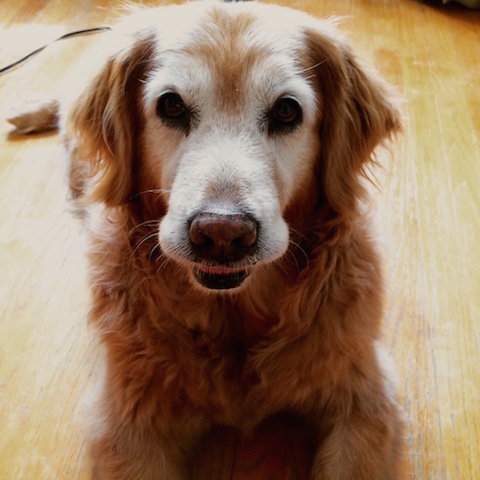OF CLAY !
white clay – wet
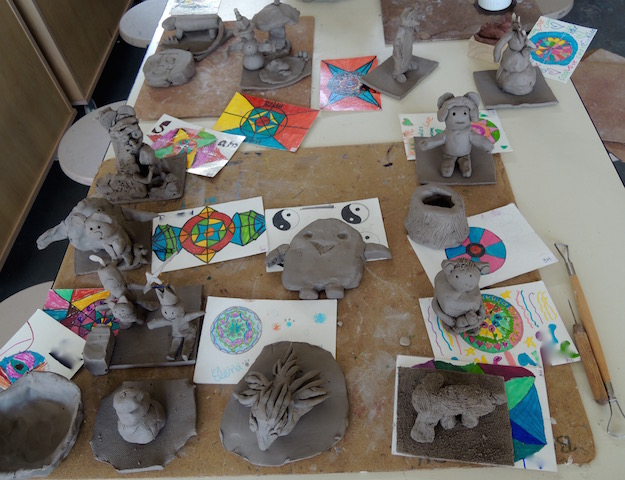
white clay – drying
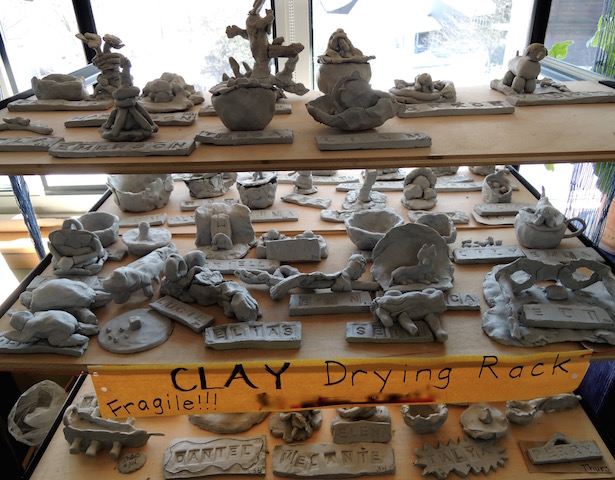
white clay – dry

red clay – drying

red clay – fired!
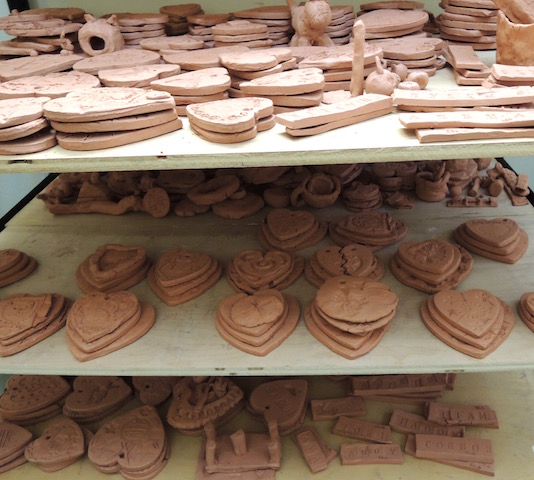
During the month of January children in first, second and third grades have been exploring the possibilities and limitations of clay focusing on using our hands as tools. We will continue to practice basic techniques for shaping balls, rolling coils, pinching pots and pressing slabs. Also, we are learning how to properly use and care for a variety of clay tools.
Week 1: Explore:
Pinch, pat, pull apart, roll, and squish the clay together.
Using your hands, change the shape of the clay to show your idea.
Pass the “pick up” test.
Week 2 – Practice:
Draw different kinds of lines with a clay drawing tool.
Stamp designs with plaster and clay stamps.
Cut out shapes with metal shape cutters.
Explore textures with wooden tools.
Design a clay heart using the techniques above.
Pass the pick up test.
Week 3 – Assemble – parts to whole:
Envision an idea for a clay snowman, snowcat, bear or other animal.
Practice the “scratch and attach” technique. (Scratch, scratch, wet, attach.)
Starting with balls and coils, model the body parts.
Assemble the parts together using “scratch and attach.”
Notice how parts put together make a whole object.
Pass the pick up test.
To be continued!!!
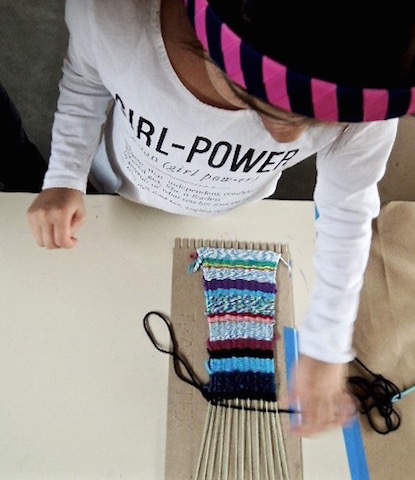


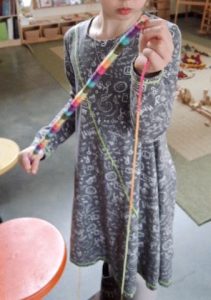



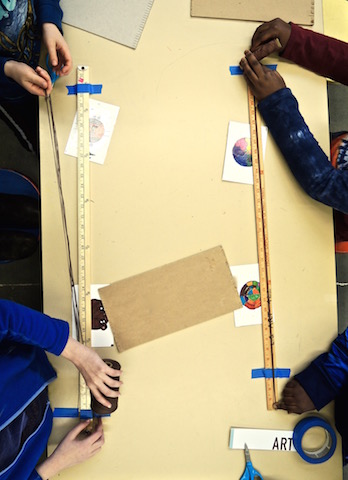


 Costumes and puppets – oh, yeah!
Costumes and puppets – oh, yeah!
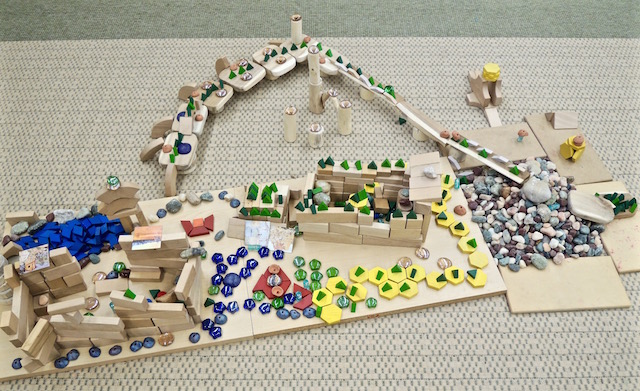
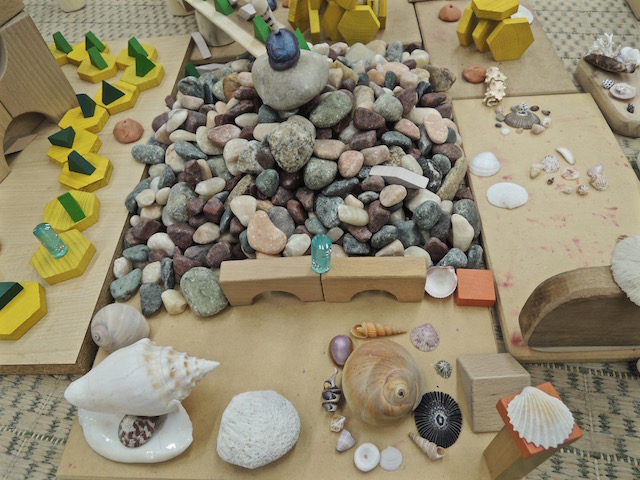




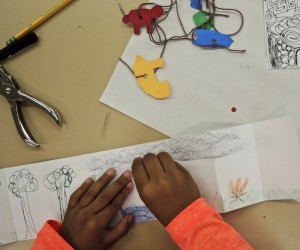
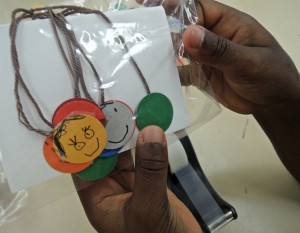
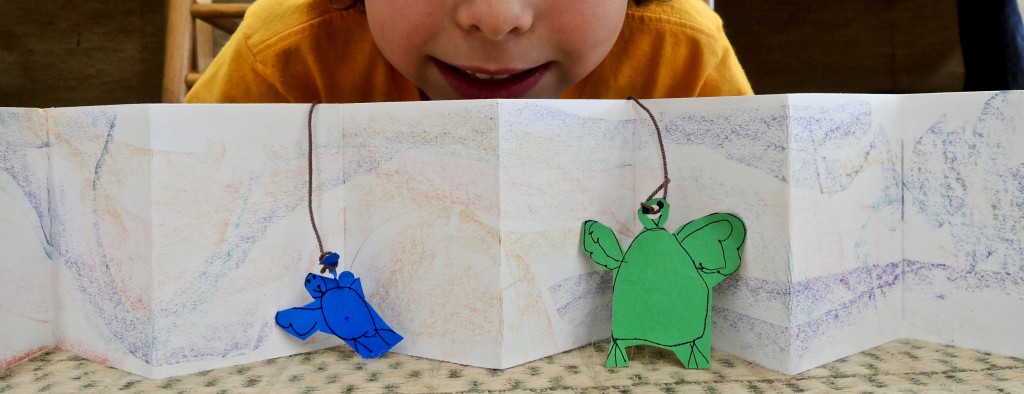
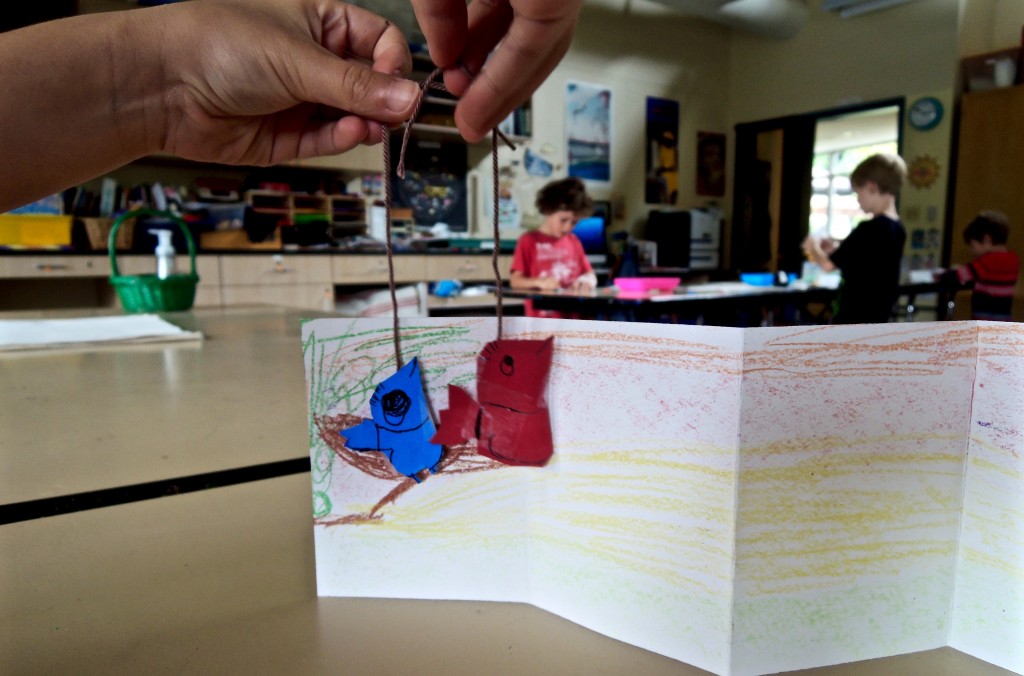 3. Tell your story and a
3. Tell your story and a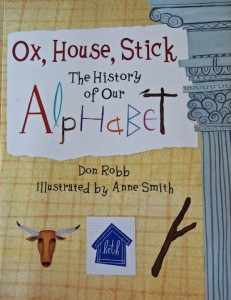
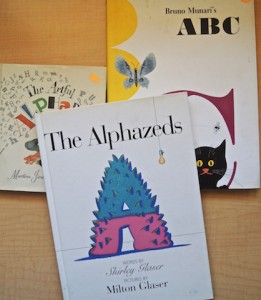

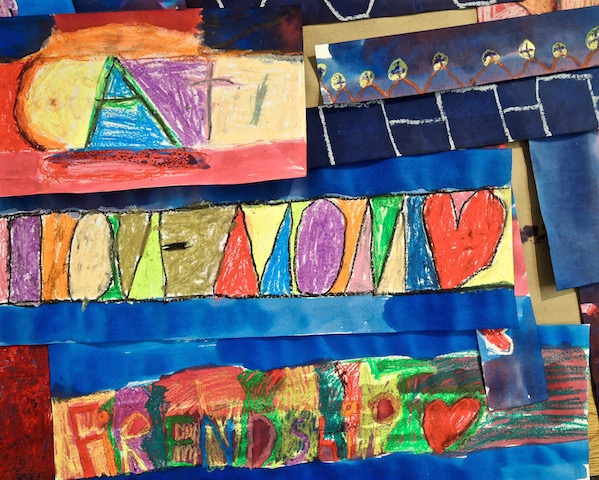
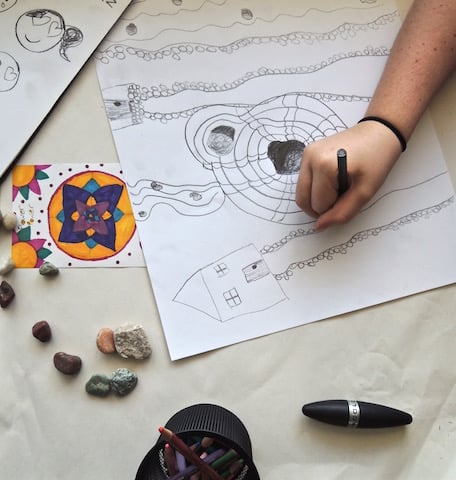
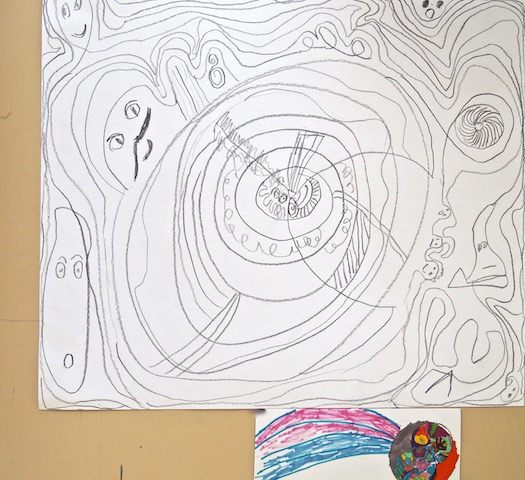
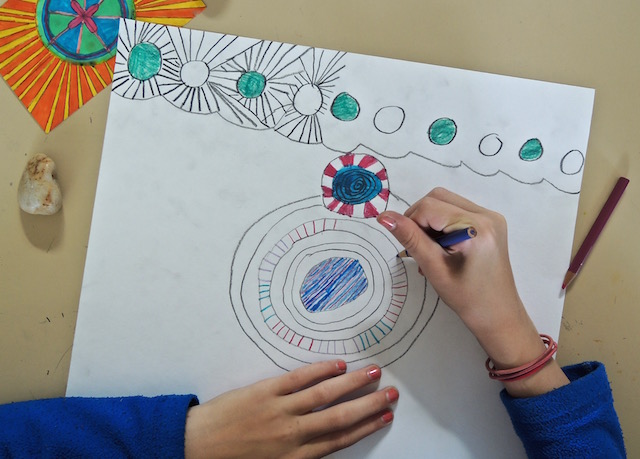
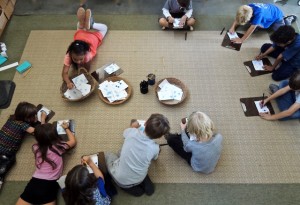
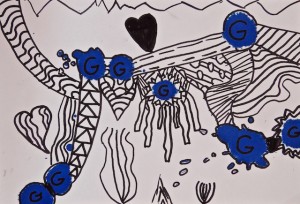 New doodle ideas with lines . . .
New doodle ideas with lines . . .